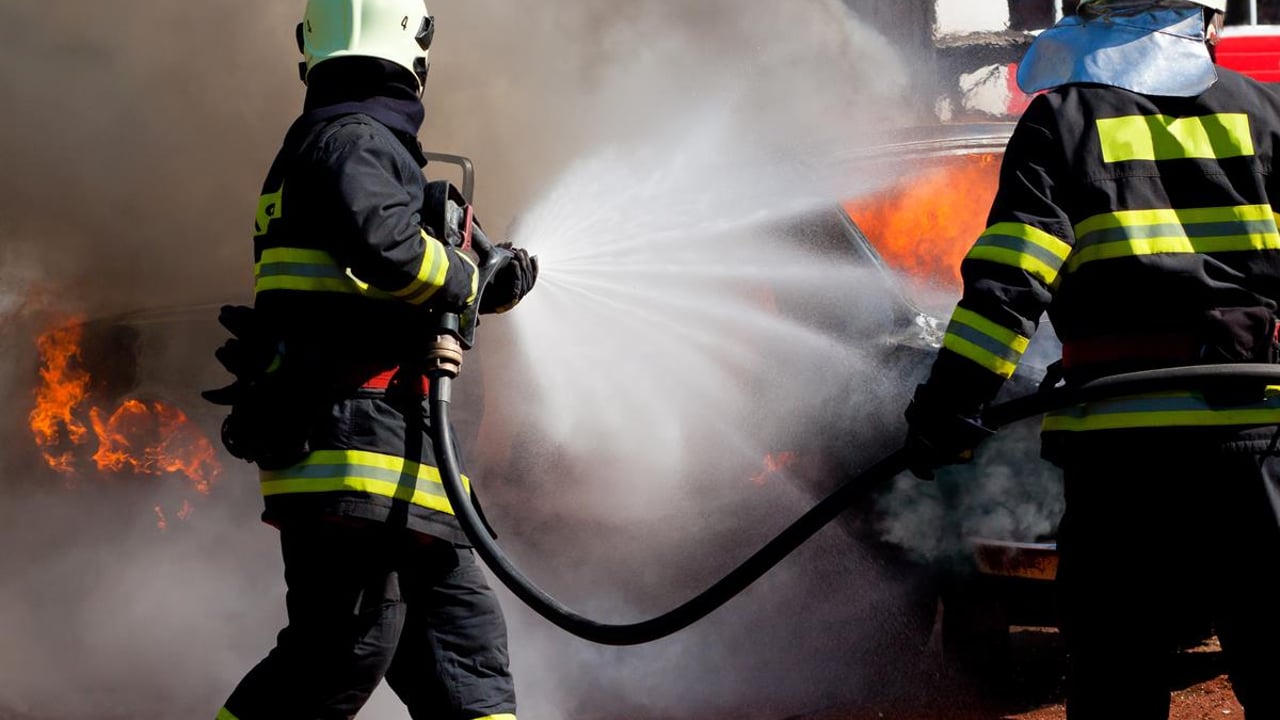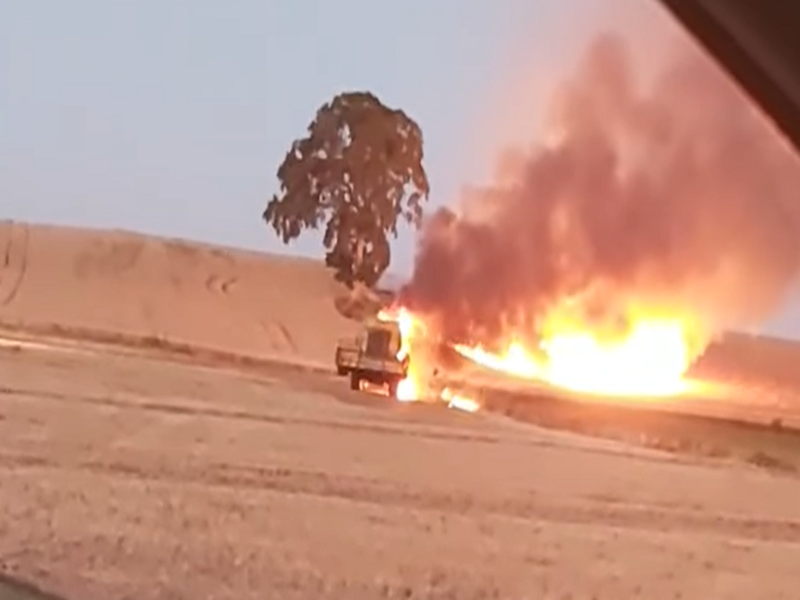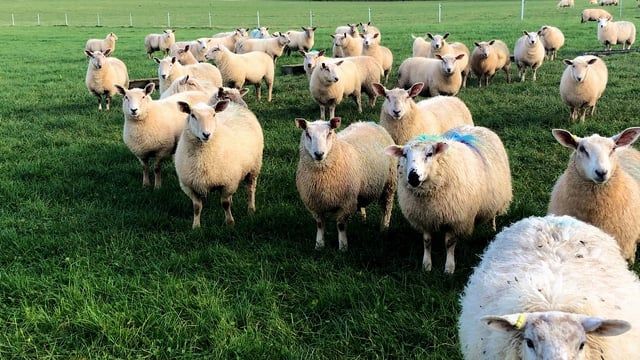Preventing machinery fires at harvest
Machinery fires at harvest – involving combines, balers and tractors in particular - are a significant risk during periods of exceptionally dry weather.
But it is not just the machines that can be impacted in the event of fire. Crop losses and damage to buildings can ensue, depending on the location of the fire.
According to Teagasc, keeping all machines properly maintained is crucially important in this regard.
Machine bearing failure, friction from rubbing components, and electrical shorts are the main sources of ignition for the flammable mix of crop residues, dust, and oil found in harvest machines.
Checking all mechanical components is important, particularly where the modern cab isolates us from the smells and sounds that can occasionally forewarn us of pending disaster.
Regular cleaning is vital to keep the engine and hydraulics cool, but particularly to remove the ‘fuel’ that is crop residue, dust, and oil.
Fire extinguishers are a must, and all machinery operators should have a plan/training for a fire event.
This may include safely tackling small fires, but also a strategy to limit the damage by preventing any fire from spreading to more machines or the surrounding crop.
Growers should be particularly careful with road vehicles in the field - today’s hot-running exhaust systems are a potential source of ignition.
All road diesel vehicles have diesel particulate filter (DPF) units in their exhaust, which reach a temperature of 600°C during regeneration to burn off soot.
If this is in contact with dry stubble/straw, there is a fire risk.
It is important to keep all vehicles with under-slung exhausts on roadways, hard surfaces, grass fields or areas where there is adequate clearance between the underbody and crop/stubble.
Straw bales also represent an inherent fire risk if not managed and stored properly.
If relatively damp material is contained within a bale, it will heat up, with spontaneous combustion the end result in some cases.
Given this reality, it is strongly advised that straw bales are stored outside until the risk of them heating up excessively has abated.
Prior to them being brought inside, it is advised that all lights in the store selected have appropriate covers in place.
Should a light explode for any reason and the hot glass be allowed to fall directly on to straw or hay bales, the associated fire risk is extremely high.






